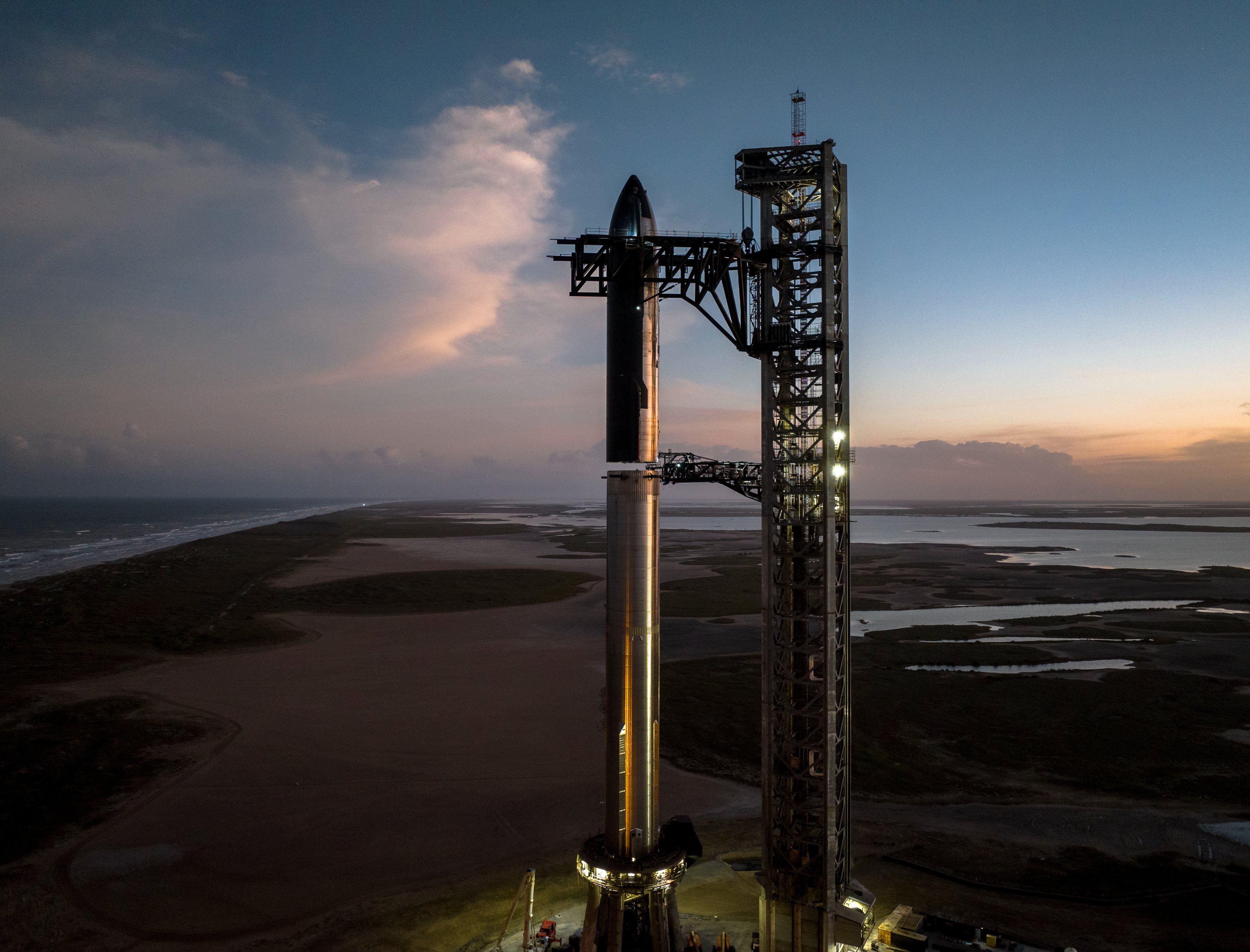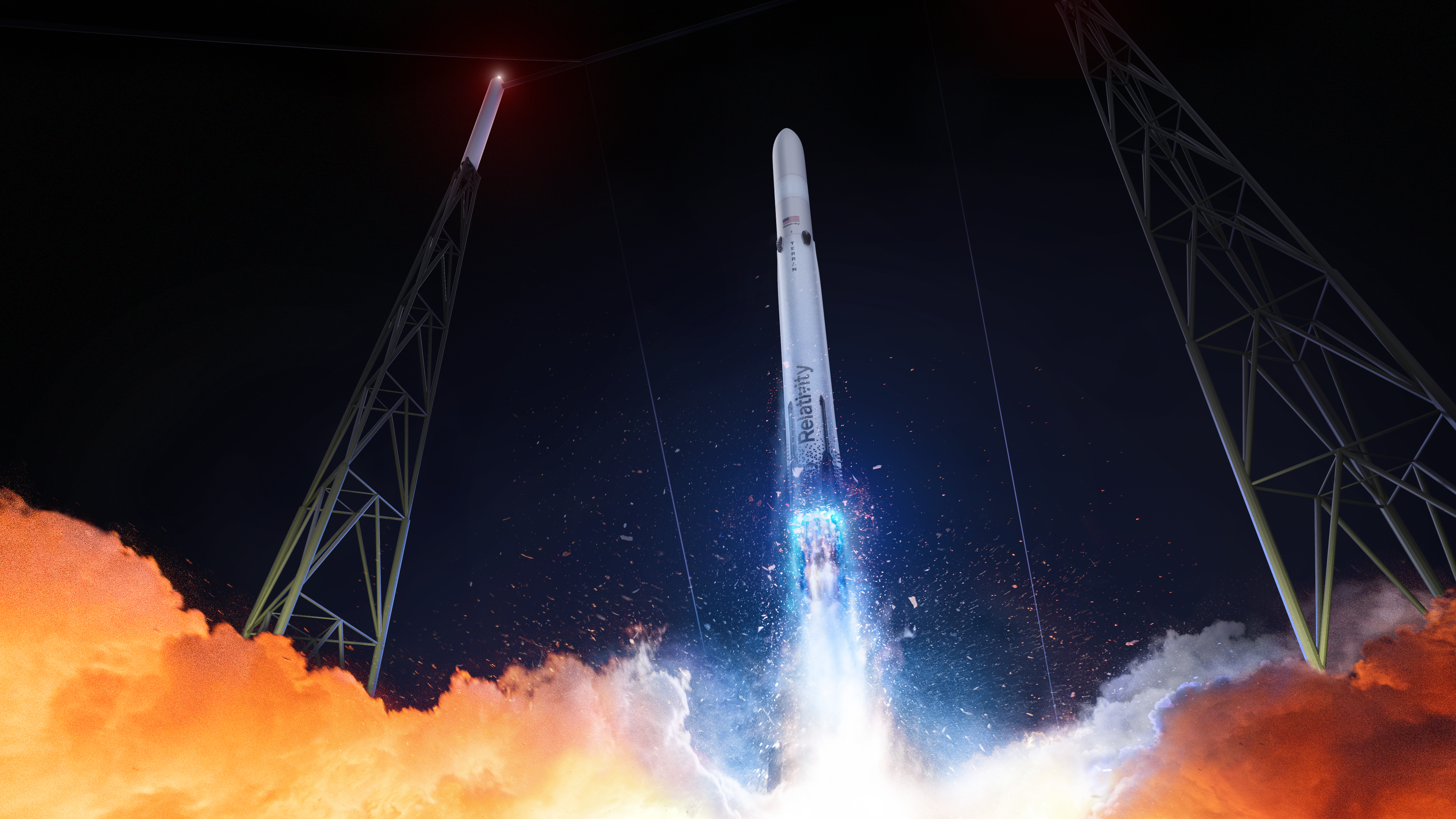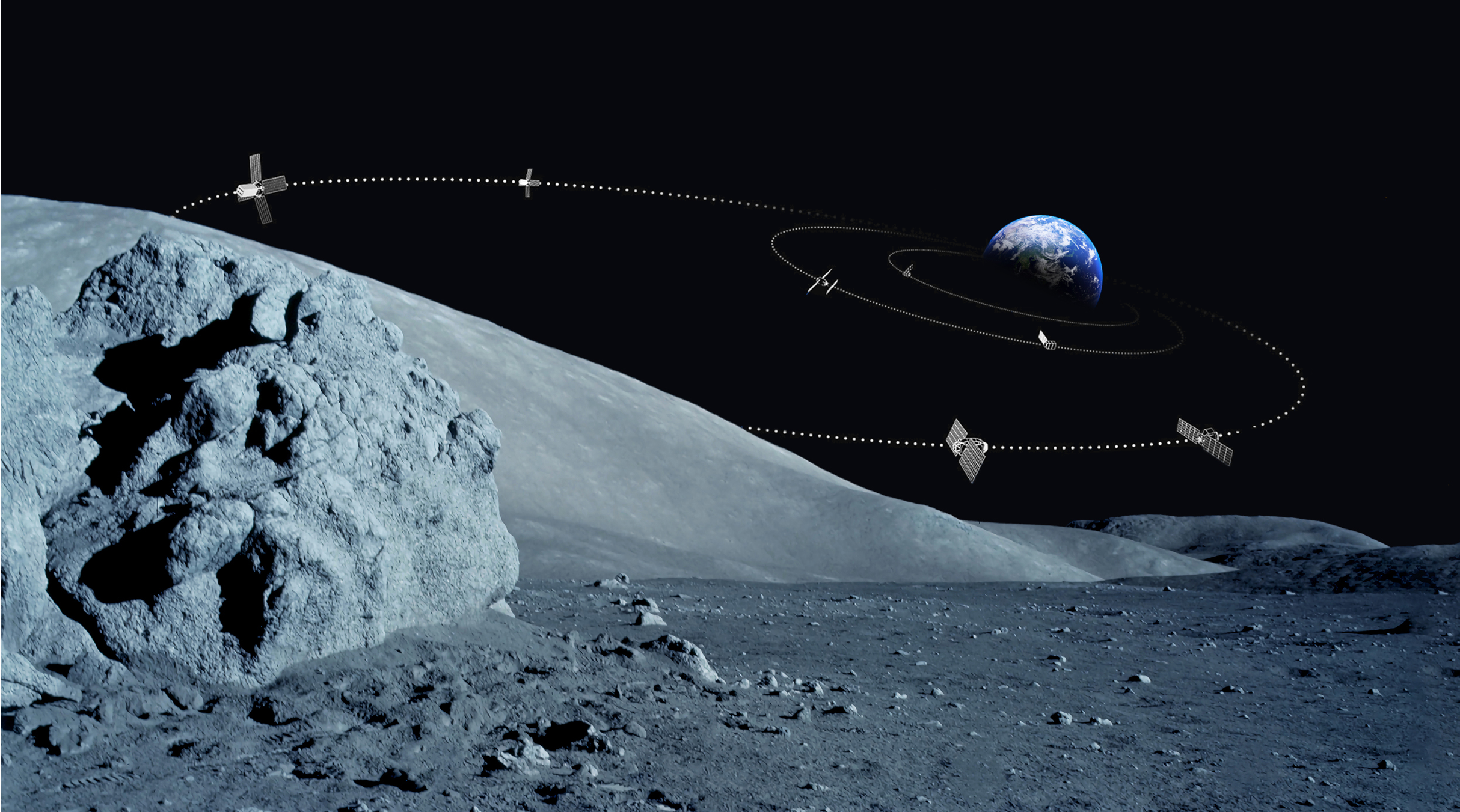Hello and welcome back to Max Q!
In this issue:
- Starship
- So long, Terran 1
- Three brothers want to harvest water from the moon for propellant
- News from Stoke Space and more
Starship
I am writing this on Friday, so by the time you read this on Monday, Starship may have already taken to the skies. Or blown up! Who knows!?
In any case, the U.S. Federal Aviation Administration issued the launch license to SpaceX for the Starship orbital flight test at the close of business Friday — giving everyone a LOT to look forward to over the weekend.
As a reminder: Starship is the most powerful rocket ever built. Once operational, it will be capable of carrying 100-150 tons (100,000-150,000 kg) into orbit. For reference, SpaceX’s workhorse rocket, Falcon 9, has a payload capacity of 22,800 kg. To get that much mass to orbit, Starship’s 33 Raptor engines will generate more than 16.5 million pounds of thrust at lift-off.
So far, it looks like the company is still targeting Monday, but that could change depending on technical readiness, weather and other variables.

Image Credits: SpaceX (opens in a new window)
So long, Terran 1: Relativity Space makes hard pivot to an even larger Terran R
Relativity Space is retiring Terran 1 after just a single test flight to double-down on development of its next-generation Terran R rocket, which is now configured to be even larger than previously announced.
The six-year-old company is making other significant changes to Terran R: The rocket will no longer be completely reusable, but fitted with an expendable second stage. In addition, its design will rely less on additive manufacturing, the technology that Relativity is best-known for advancing and that it has touted in each of its capital raises. These changes mean that the 270-foot tall Terran R will now have a payload capacity of 23.5 metric tons to low Earth orbit and 33.5 metric tons when launched as a fully expendable vehicle.
While Relativity has been upfront about Terran 1 mostly functioning as a development platform to technologically pave the way for Terran R, it was assumed that the company would fly Terran 1 at least a few more times before retiring it.

Relativity Space Terran R. Image Credits: Relativity Space
After stints at SpaceX, three brothers want to build spacecraft powered by moon water
A new startup founded by a trio of SpaceX veterans — who happen to be brothers — aims to build an in-space transportation network, using reusable spacecraft propelled by water harvested from the moon.
Argo Space Corporation, founded by Robert Carlisle, Ryan Carlisle and Kirby Carlisle, is betting that lunar propellant will untether space activities from Earth — and unlock a bustling economy beyond low Earth orbit (LEO).
Their plan takes aim at several key limitations of the space economy: First, all existing orbital transport vehicles are focused on LEO, not more demanding orbits like geosynchronous (GEO) or cislunar. Second, none of these vehicles are reusable. Third, there’s no method of refueling even a theoretical reusable vehicle. And last, any such method would likely depend on Earth-based resources for propellant.

Image Credits: Argo Space
More news from TC and beyond
- European Space Agency’s Jupiter Icy Moons Explorer (JUICE) spacecraft is now on an eight-year journey to Jupiter. (ESA)
- Firefly Aerospace completed a full duration static fire test ahead of its Victus Nox mission for the U.S. Space Force. (Firefly)
- ispace listed on the Tokyo Stock Exchange, a little less than two weeks before its first lunar lander is set to arrive on the moon. (TechCrunch)
- Kepler Communications closed a $92 million Series C round to grow its real-time satellite data relay network. (TechCrunch)
- Loft Orbital was selected by Ball Aerospace to manufacture and operate an experimental testbed for the Space Development Agency on its Longbow satellite platform. (Ball)
- NASA is confident Blue Origin will have the New Glenn rocket ready for the ESCAPADE mission in 2024. (SpaceNews)
- Orbex’s CEO Chris Larmour said he was stepping down after eight years leading the small launch company. (TechCrunch)
- Rocket Lab will now be launching NASA’s TROPICS satellites from New Zealand, instead of Virginia. (Rocket Lab)
- Seraphim Space found that European space investment beat U.S. investment for the first quarter of this year, the first time European spending has outpaced American. (Seraphim)
- Slingshot Aerospace is increasing its optical sensing network for objects in low Earth orbit by more than double, adding 80 new sensors across 20 global locations. (Slingshot)
- The U.S. Federal Communications Commission launched its new space bureau, which will be headed by Julie Kearney. Previously, Kearney was special counsel for space law and policy at the commission. (FCC)
Max Q is brought to you by me, Aria Alamalhodaei. If you enjoy reading Max Q, consider forwarding it to a friend.
Max Q: Starship. That’s the headline. by Aria Alamalhodaei originally published on TechCrunch
source https://techcrunch.com/2023/04/17/max-q-so-long-terran-1/
Comments
Post a Comment